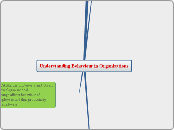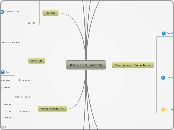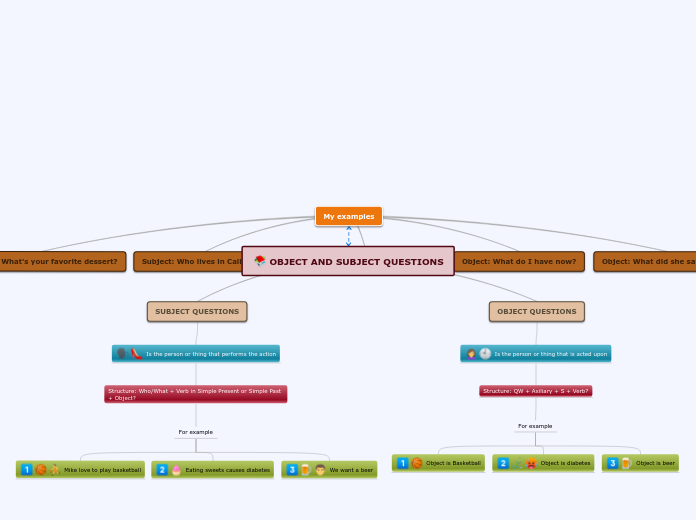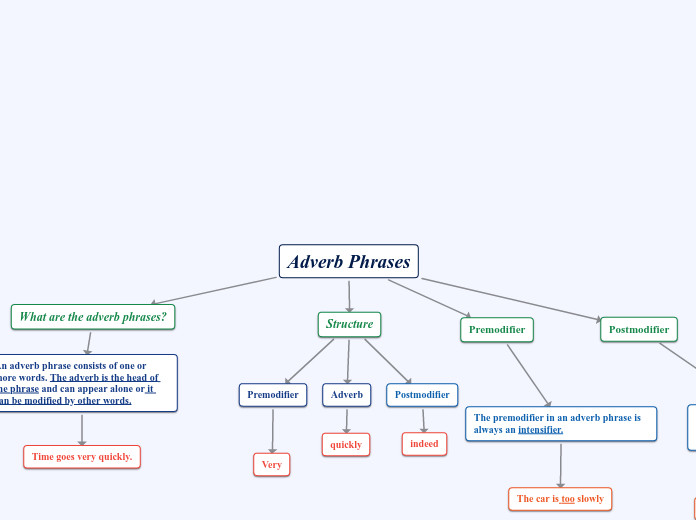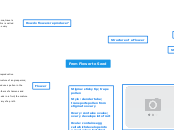Understanding Behaviour in Organisations
Understanding an Organistation(Good Introduction for ECA)
Focus on 3 specific Areasof Occupational Psycholgoy
Teams
Changes in Team Structure
C
B
A
Psychodynamics
LeadershipProblematic in General:"research has failed with tocome up with definitive modelof good leadersphip. Yet thenotion of contigency is a usefulone to draw upon"Problematic: Theories are hard to testa) in realtiy nobody wants themb) in a test facitliy no ecol. val.c) only correlational dataon style and output availableand thus difficult and hardto measure d) Meindl and Ehrlich (1987)- Leadership is seen as moreinfluential than it really is-research fails to measuregroup performance and company structuree) more important theoriesalso look at the the relation-ship process
Theories
Transactional vs.Transformational (Bass 1985) leadershipTansactional: Leader action only in returnfor work action/outputTransformational: Leaders are interested in the whole individual - not just the workerProblematic: Only correlational data for impacof style on output / satisfaction available
3 Features of his model
Laissez faire leadership
leaders areindifferent
undesirable
Transformational Leadership
interested in thethe whole inivid.
esearch suggests: most importantfor effectiveness and satisf. are- idealiszed influence (l= role mod)- inspirational motivation
Transactional leadership
interested in the ind.only in terms of enhancingwork output
Contingendy Theories(Styple depends on circumstandes - suggestingthat no style is appropriate for all situations)
Vroom and Yetten's normative decision model (1973)Using a decision tree- focuses on decicsion makeingand the degree to which dec. mak.involve subordinates.Postive: Reseach indicates that diverse methods of dec. making are seenas more effective.
Five Styles but no best style:Range from autocratic-consultative -group centered.
Style used depends on diff.variables
acceptance
Quality needed
information / time
Fred Fiedlers contingency model (1967)dep on both a) personality character.b) amount of control over sit.Assumes that for extreme cont. var. task centered leaders are best.Problematic: only leadership perspective butunclear how LPC influences the teamsperformance
Output / Performance
Moderate cont. var.--> High LPC Leader
Extreme cont. var.--> Low LPC leader
Amount of Control det. by
High scores of 3 contingency var.
Strong pos of Power(reward and punish.)
Highly struc task
High accept in group
Charcter
Low LPC scores
--> task centerd
- High LPC
--> realationshipcentered
Style Approach(what leaders do, nothow they describe themselves)Problematic: a) assume subordiatepespective is correct but attribut. theory. b) causality betw. leadershop stye and output unclear because studies based on correleational analyisd) suggests that leader performa uniform style across all persons and sit. e) leaders may not be real leaders
Blake and McCanse (1991)Combination (on Leadership Grid)five mayor leadership styles:- Team Management (most for peopleand most for production)
Ohio Univesity - consideration- Initiation Structure- Production emphasis- Sensitivity
Later Studies just focus on first 2 of those, now:- Employee centered- Production centeredjust one but not both
Stogdill (1963)Considerate leaderscreate pleasant atmoand high morale
Michigan University (1960)Effective Leaders are:- more employee centred- more concerned about thewelfare of subordinatesIneffective Leaders:- more task centered approach
Trait Approach("Great man theories") early work focussing on what personality traits makea good leader)--> Problematic becausea) characteritics are not expressedconsistently across all studies and situations. b) Environmentshave an impact: 1. leadership taskand and 2.) group characteristicsc) some traits may develope in theleadership role
Kirkpatrick & Locke (1991)cognitive ability-drive- honestyintegrity-motivation-persistance-selfconfidence- and knowledge ofbusiness
Lord et al (1986)Leaders: more conservatve- dominant - extrovert- intelligent-masculine- and better adusted
More recent work based on metaanalysesLeaders:a) createvisionb) implement it
Tavistock Institute
Organsiations as socio-technicalsystems
both, technological and socialsystems must be interrelated fora company to work optimally
Morgans 6 Metaphors
Brains
Politics
Machine
Biological Organism
Several Levels of Analysis
Exeptions possible:
Leadership = individual and group based
The organisation
Organisational Culture
Organisational Constraints
Human relations
Social needs
Group Behviour
Formal / Inform Groups
The individual
Efficiency ("what makes a good worker / leader")
Leading to more Productivityis based on Motivation is based on ...
Job Satisfaction(primarily a20 century phenomenonvs. feudal times)
Work demnds and social needs needto be balanced
"the needs of "the sentimental worker
Vs.
Shaping the "perfect worker"
Satisfaction of social needs(interpersonal factors)
"Human Relations"(Elton Mayo)
Insights through"Hawthornes Study"
Company Policies
Social Oranisation (Teams)
Treatment by Supervisors
Bullying
Groups powerful for Motivation(i.e. formal/ informal)
Shaping of GroupAttitudes
Need for Recognition
Sense of belonging
Status of the individual
Satisfaction with Pay and Condition(economic factors= early 20th belief)
Impact of technolgoy(Hawthorne St.)
Taylorism/ Fordism(W. "Speedy" Taylor)"Scientific Management"
"Shaping the perfect worker"
workers primarilymotivated by pay
ECA:Merger of Deposta and Orcato:How Organisational Change affects behaviour ofemployees and thus productivityof employess.
Possible effectsof Changeand Transformation
Changes leading todecrease in Social Satisfaction
Possible Problems: fearof loosing current statusdue to change inTeamSturcure
New Structure wasimposed by the newcompany board
No furher consultation with staff planned
No one has beenasked - merger was decidedby the two boards
Possbile Problem:Ignoring Knowledge and Status of employess
Competition amongold company teams
"dissenting comments amongst the staff of Deposta, who have the view that as the Oraco teams are already established"
Final Compostion of teams is yet undecided
Possible Problem:Stress
Mgmt. avoidingredundancies:
Not all old leaders might make it
Changes leading toenhanced Work Productivivy
Increased Productiviythrough leader
Theory: Psychodynamics
Increased Productivitythrough non-distant leader
Possible Gain:Increased Productivitythrough teams
Team Theory: Bodin?
Current differences
Deposta (smaller)
HirarchicalStructure
Team reportsto Financial Director
More independence
Less Loyalty based
Reward System
Much Temporary Staff
Hire and Fire
Less loyalty andcompany ties
Less Team based
Geografically Distant Teams
Remote operationalcompanies
Remote FinanciealDirector
Management rolge
Manager Oversees
Distant leader
Oraco (larger)
Team Structure
Team reportsto Mangaer
Less independence
Loyalty based
No Reward System
Permanent Staff
More Loyaltyand company ties
More Team based
Geografically Close Teams
All in same building
Magagementrole
Manager Leads
Close Leader
Two Structuresmerged into onespecificallyymerger of financialDepartment is seenas problematic anddone last
Aims of employees
Gaining something
Not loosinganything
Aims of Management
Avoiding redundancies
"healthy and positive work environment"
Restructuring:"integrate all of the teams, including Deposta’s remote operational company accounts staff"
List of changes in the new company
New GeneralSturcure
Move a awayfrom Orcato
New Staff
New Leaders
New Team Leadersand Team Mangers
Come from bothcompanies
Some of themare new to the role
New Teams
Creation of New Teamsfrom absorption of the old teams
New Companysize
company merger(larger with smaller)
Drawing uponseveral Therories
New
Gender
Race
Language
Memory
Learning
Psychodynamics:Understanding thesubconcious
Subconcious needs and conflicst of workers vs. Demands of Work
Ego(in touch with reality)
Superego
Social Demands
Id
Subconcious conflicts and needs
Identity Theory
Personality Theory
Social Cognition
Attributing other behviour to personality
Attributing ones own behaviourto context or circumstances
